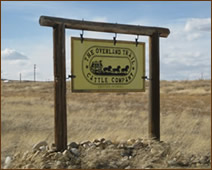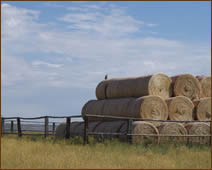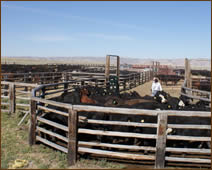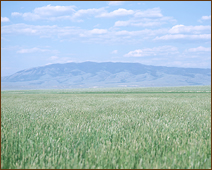SARATOGA, Wyo., Feb. 28, 2014 – The Bureau of Land Management Rawlins Field Office has recognized The Overland Trail Cattle Company LLC for its environmental stewardship and range management initiatives across three BLM grazing allotments that TOTCO manages in Carbon County.
Citing TOTCO’s significant investments in range and water improvements on the Overland Trail Ranch, the BLM office said all three allotments meet all six Rangeland Health Standards. The 320,000-acre Overland Trail Ranch – which consists of privately owned land interspersed with federal- and state-owned parcels in the checkerboard – also was recognized for “extensive cooperation” with BLM and other agencies over the years.
BLM allotments are land areas designated, managed and permitted for livestock grazing. According to the agency, “the BLM’s overall objective is to ensure the long-term health and productivity of these lands and to create multiple environmental benefits that result from healthy watersheds.”
“Your planned grazing rotations ensured all pastures would receive growing season rest every other year, which has improved vegetation composition, condition and vigor while reducing bare ground,” the BLM Rawlins Field Office wrote. “Improved grazing management has also narrowed stream channels, increased woody plant composition and reduced sedimentation in streams.”
In particular:
BLM also recognized TOTCO for its cooperative grazing management of the Grizzly allotment, which TOTCO partially uses in conjunction with its allotments, broadening benefits for wildlife habitat “on an even larger landscape level.”
In addition to its work with BLM, TOTCO has been collaborating with Power Company of Wyoming LLC to bring responsible wind energy development to portions of the ranch. This partnership has led to multiple wildlife conservation measures being implemented across the ranch, such as marking, removing and replacing fencing to reduce wildlife collision risks; installing wildlife-friendly water tanks; reclaiming ranch roads to reduce habitat fragmentation; and creating a mosaic of vegetation types and quantities to support various wildlife and their differing habitat needs.
- XXX -
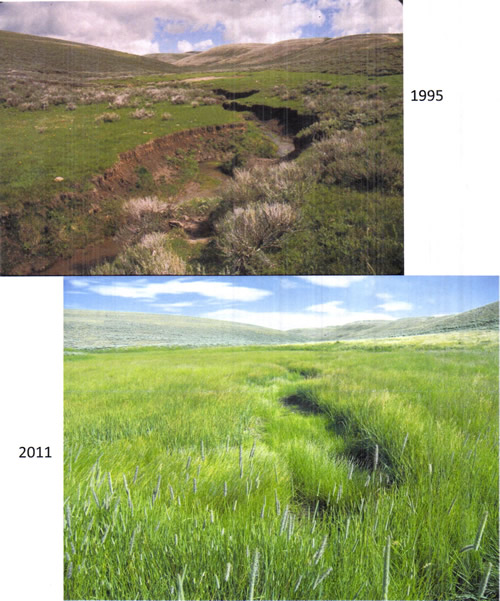

Source: BLM Rawlins Field Office
